Senftenberg Palace and Fortress
The Saxon fortress in Brandenburg invites you to conquer the site.
This impressive ensemble of palace and citadel-style fortification came into existence in the 16th century after being erected on the foundations of a medieval castle. Boasting a sweeping earth mound, this piece of architecture is Germany’s only still preserved fortification of its kind. Discover secret tunnels, the powder tower and an ingeniously planned fortress gate on your round walk of the site.
Senftenberg used to be a Saxon fortress until 1815 to protect Dresden from Prussia. But history has it that the castle was “moved” to Brandenburg. The palace exhibition tells visitors why Senftenberg has always remained a place at the border and why a small castle was transformed exactly here into a renaissance palace and stronghold.
The permanent exhibition takes visitors on an exciting time travel through Lusatia’s history, introducing Senftenberg as a town with Sorbian roots, medieval splendour, mining tradition and in transition into the 21st century. Visitors will discover historical gems from the oldest fire brigade of the town, to a gigantic grape press to precious church inventory or take a seat on a wooden classroom bench from the last century.
Tip: The museum also has a map and short texts on the exhibits in Czech and Polish.
Experience – Mining – Lake district
How did Lusatia become a mining territory with smoking chimneys and how did the lake district come into existence? At the museum mine inside the palace, visitors are going below the earth's surface to trace the history of Lusatian coal. Inside the mining company Ilse Bergbau AG, visitors can flip through the files on the director’s desk and watch historical films to get a sense of how daily life was like in Lusatia’s mining town. Not only the little ones, but visitors of all ages get to immerse interactively in the educational gallery on coal and energy history or pick out their favourite briquette form 100 different decorative pieces.
Saxony's fortress in Brandenburg
The former Senftenberg Palace was expanded into an imposing ensemble of palace and fortress in the 17th century to protect the town of Dresden from Brandenburg-Prussia. After the Congress of Vienna, it suddenly found itself standing on Prussian territory. The presentation informs about the changing roles of the Senftenberg Fortress over the course of the years.
One, two – bang! Children's laughter and canon shots are on the daily agenda of the palace. From festivals to birthdays in historic walls, stories of little miners or going to a school lesson as it was held 100 years ago, the museum has much in store for children and adults.
The “Kunstsammlung Lausitz”, an art collection of the region, is also located in the palace. Since the mid-80s, the collection of contemporary art (painting, graphic art, sculpture) has established itself with more than 2,500 exhibits. It showcases a wide range of regional art expressing the full range of Lusatia’s emotions, harmonies and fractions. The collection is considered an insider’s tip among art enthusiasts.
This impressive ensemble of palace and citadel-style fortification came into existence in the 16th century after being erected on the foundations of a medieval castle. Boasting a sweeping earth mound, this piece of architecture is Germany’s only still preserved fortification of its kind. Discover secret tunnels, the powder tower and an ingeniously planned fortress gate on your round walk of the site.
Senftenberg used to be a Saxon fortress until 1815 to protect Dresden from Prussia. But history has it that the castle was “moved” to Brandenburg. The palace exhibition tells visitors why Senftenberg has always remained a place at the border and why a small castle was transformed exactly here into a renaissance palace and stronghold.
The permanent exhibition takes visitors on an exciting time travel through Lusatia’s history, introducing Senftenberg as a town with Sorbian roots, medieval splendour, mining tradition and in transition into the 21st century. Visitors will discover historical gems from the oldest fire brigade of the town, to a gigantic grape press to precious church inventory or take a seat on a wooden classroom bench from the last century.
Tip: The museum also has a map and short texts on the exhibits in Czech and Polish.
Experience – Mining – Lake district
How did Lusatia become a mining territory with smoking chimneys and how did the lake district come into existence? At the museum mine inside the palace, visitors are going below the earth's surface to trace the history of Lusatian coal. Inside the mining company Ilse Bergbau AG, visitors can flip through the files on the director’s desk and watch historical films to get a sense of how daily life was like in Lusatia’s mining town. Not only the little ones, but visitors of all ages get to immerse interactively in the educational gallery on coal and energy history or pick out their favourite briquette form 100 different decorative pieces.
Saxony's fortress in Brandenburg
The former Senftenberg Palace was expanded into an imposing ensemble of palace and fortress in the 17th century to protect the town of Dresden from Brandenburg-Prussia. After the Congress of Vienna, it suddenly found itself standing on Prussian territory. The presentation informs about the changing roles of the Senftenberg Fortress over the course of the years.
One, two – bang! Children's laughter and canon shots are on the daily agenda of the palace. From festivals to birthdays in historic walls, stories of little miners or going to a school lesson as it was held 100 years ago, the museum has much in store for children and adults.
The “Kunstsammlung Lausitz”, an art collection of the region, is also located in the palace. Since the mid-80s, the collection of contemporary art (painting, graphic art, sculpture) has established itself with more than 2,500 exhibits. It showcases a wide range of regional art expressing the full range of Lusatia’s emotions, harmonies and fractions. The collection is considered an insider’s tip among art enthusiasts.
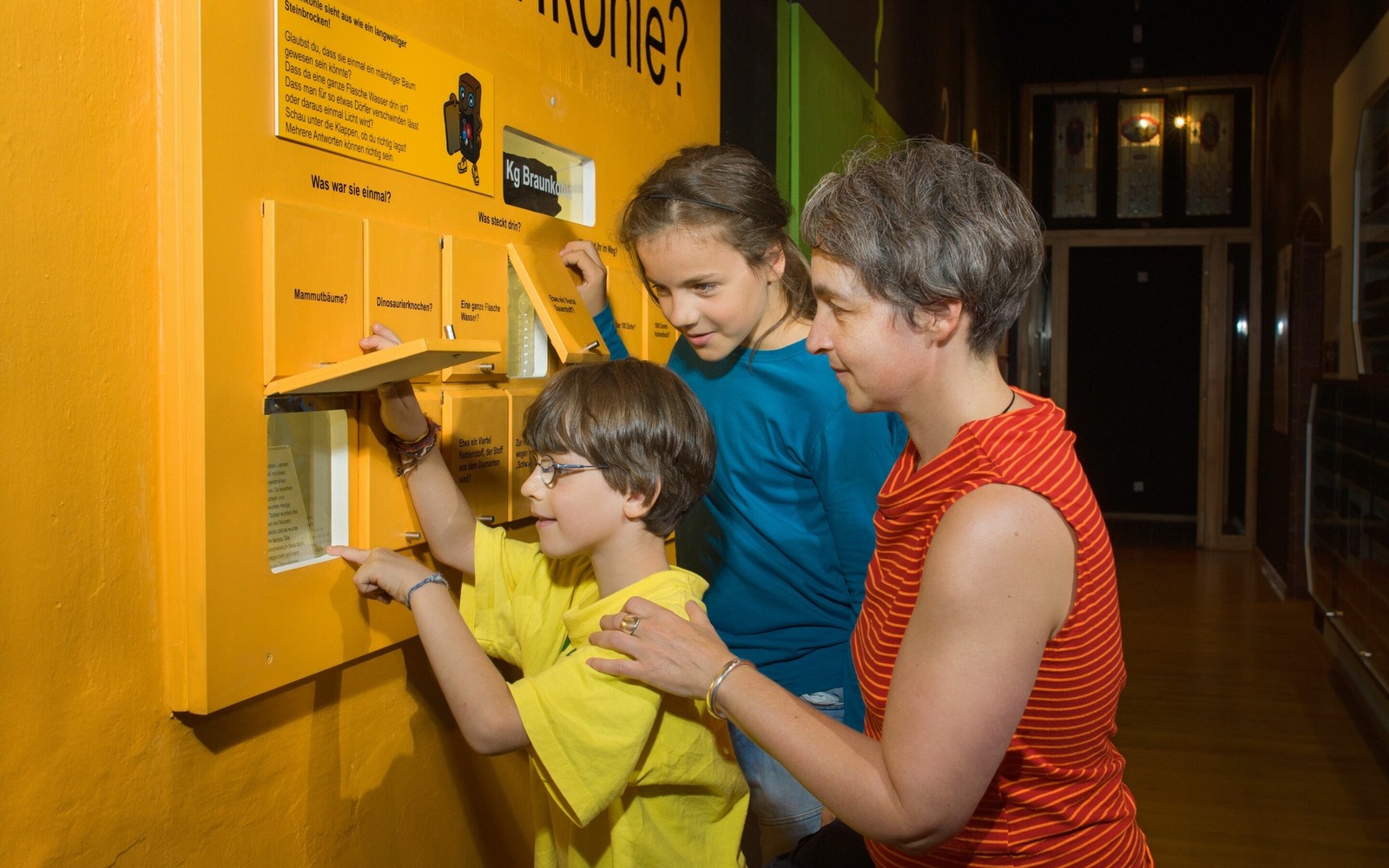
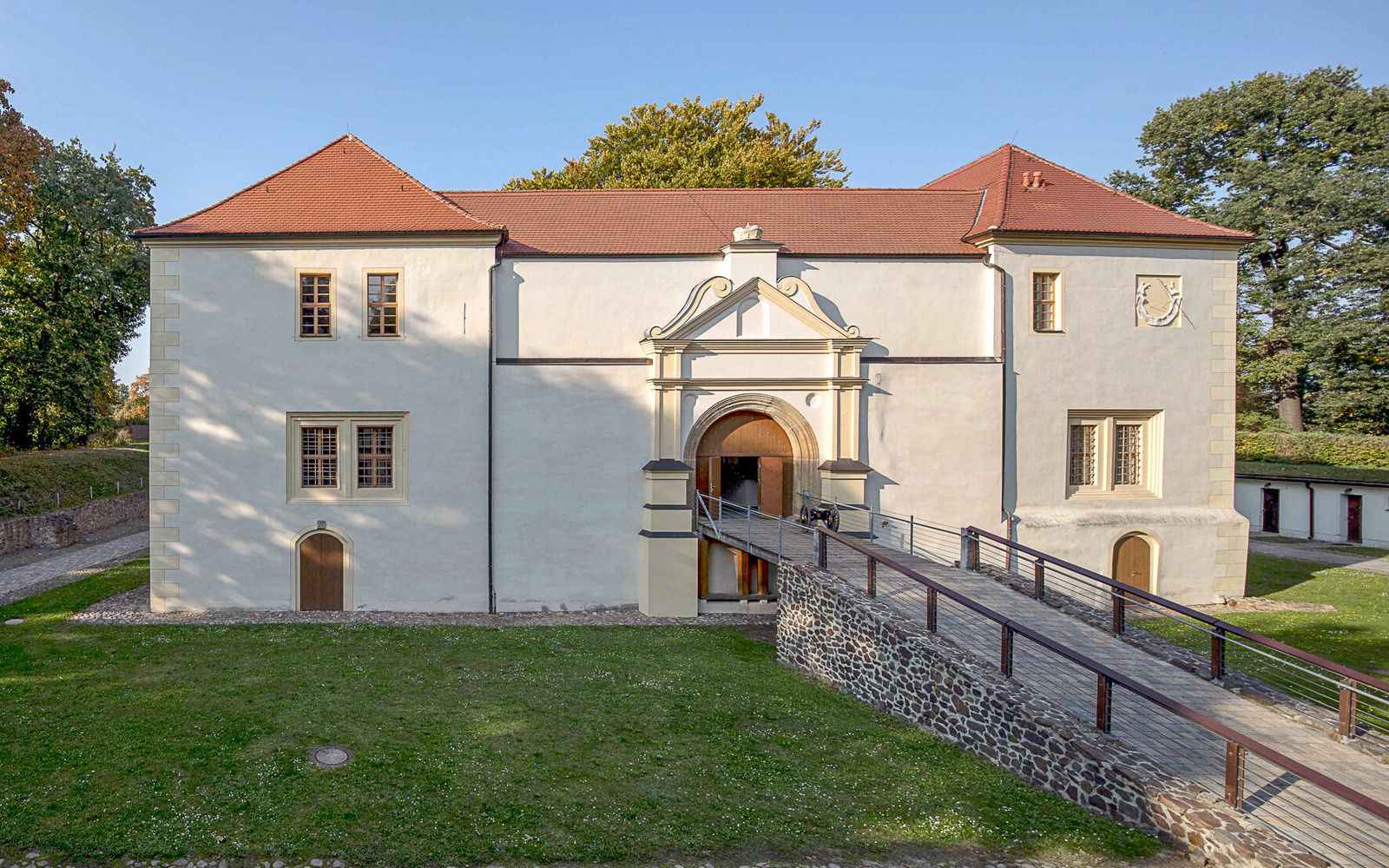
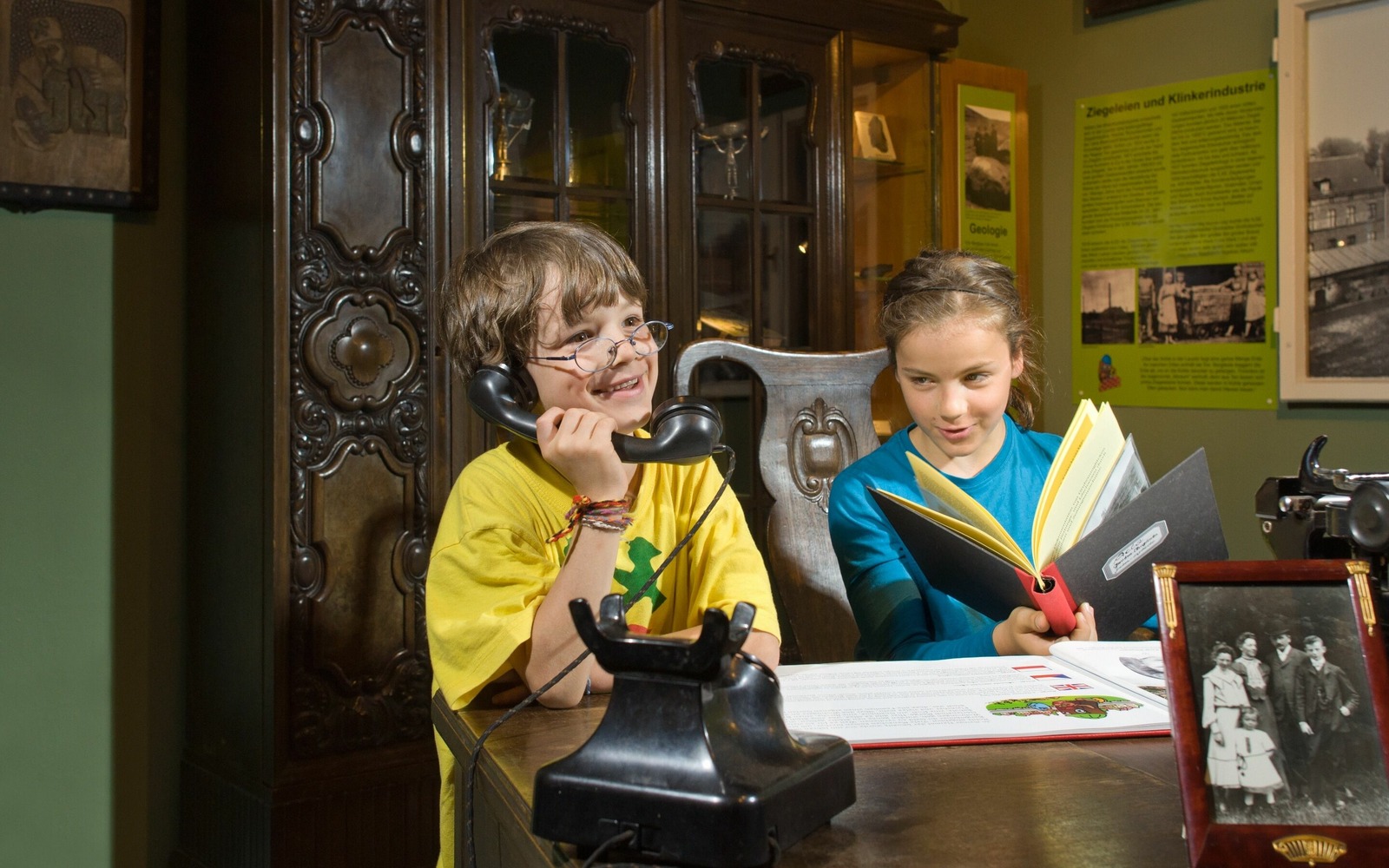
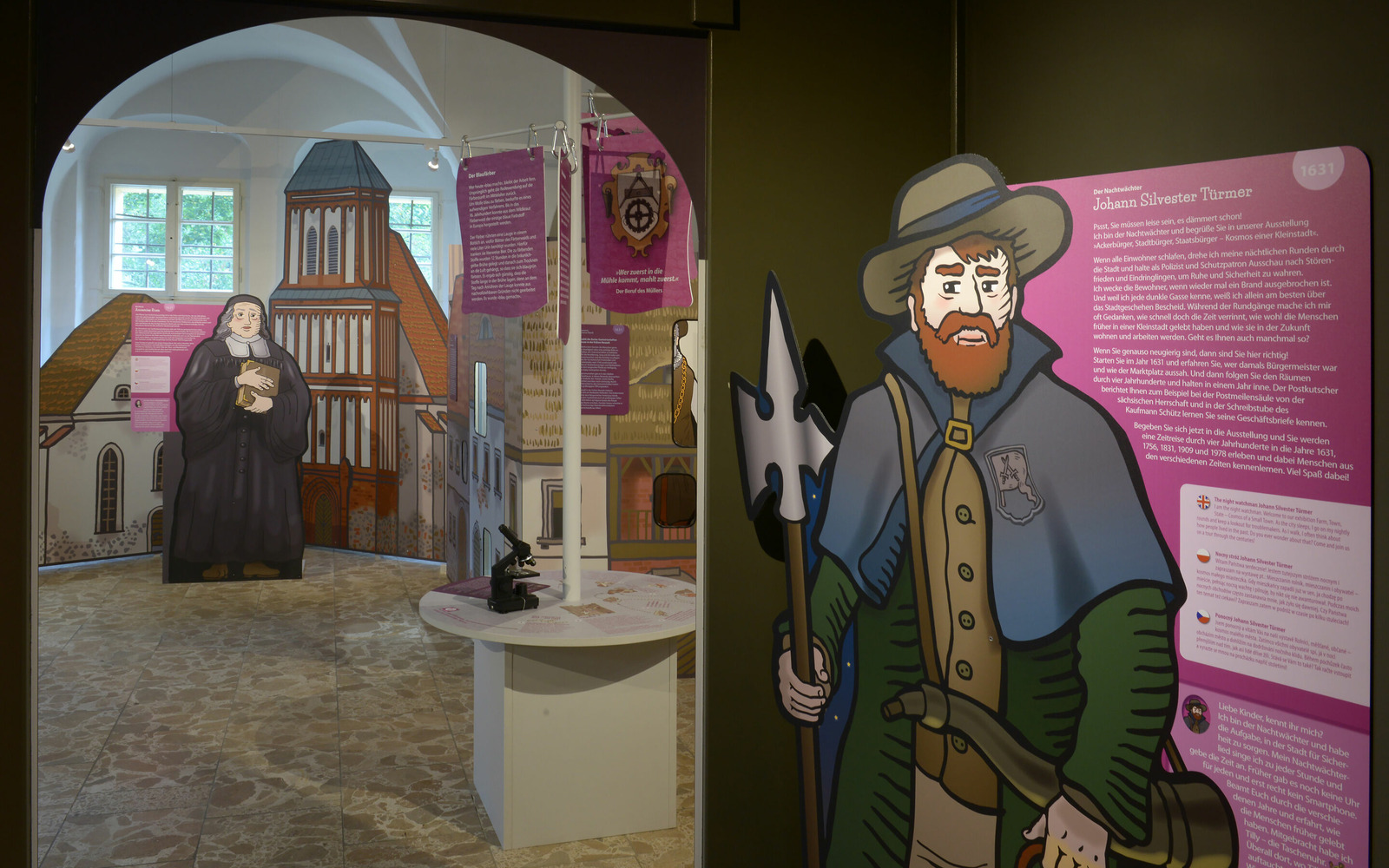
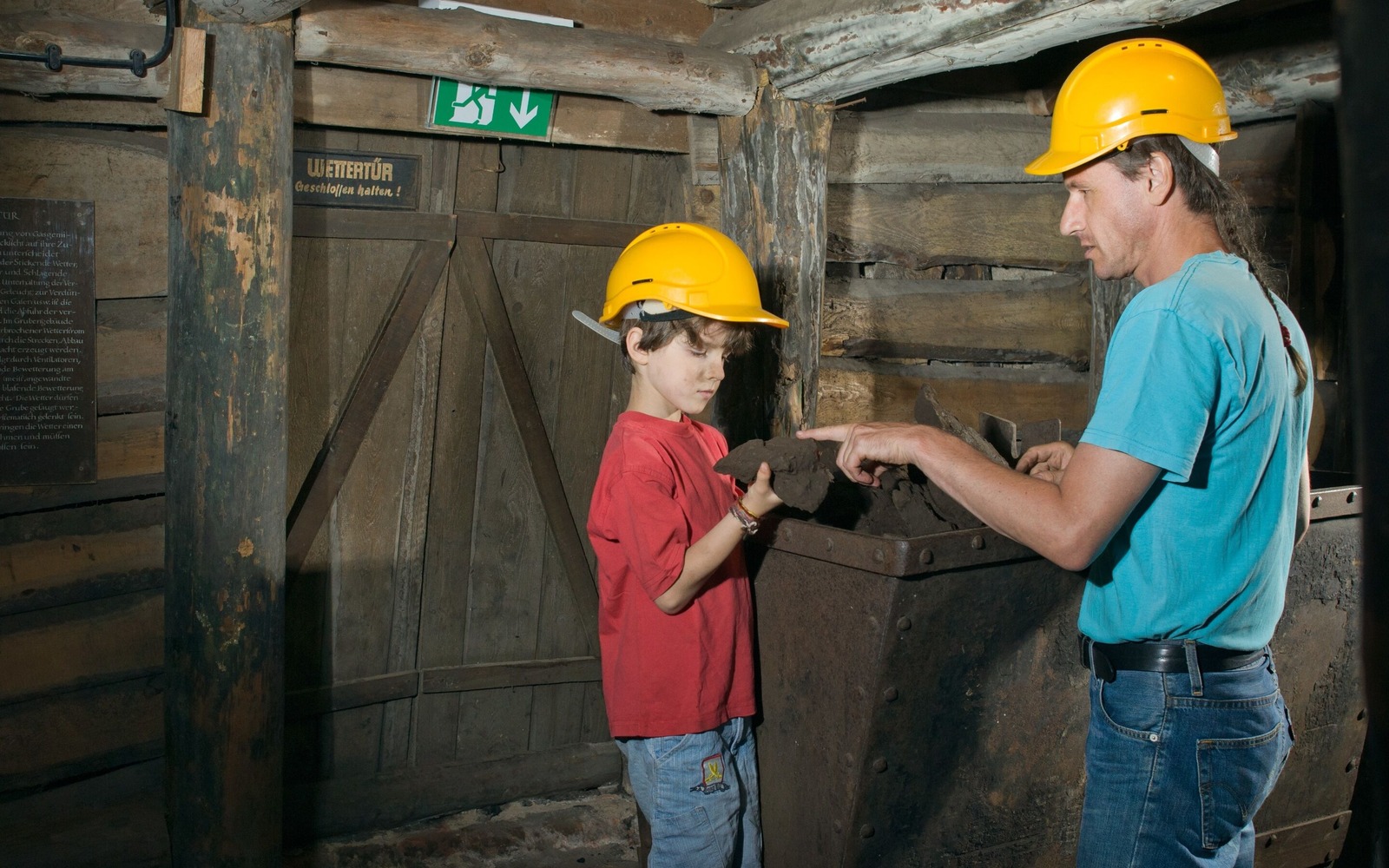
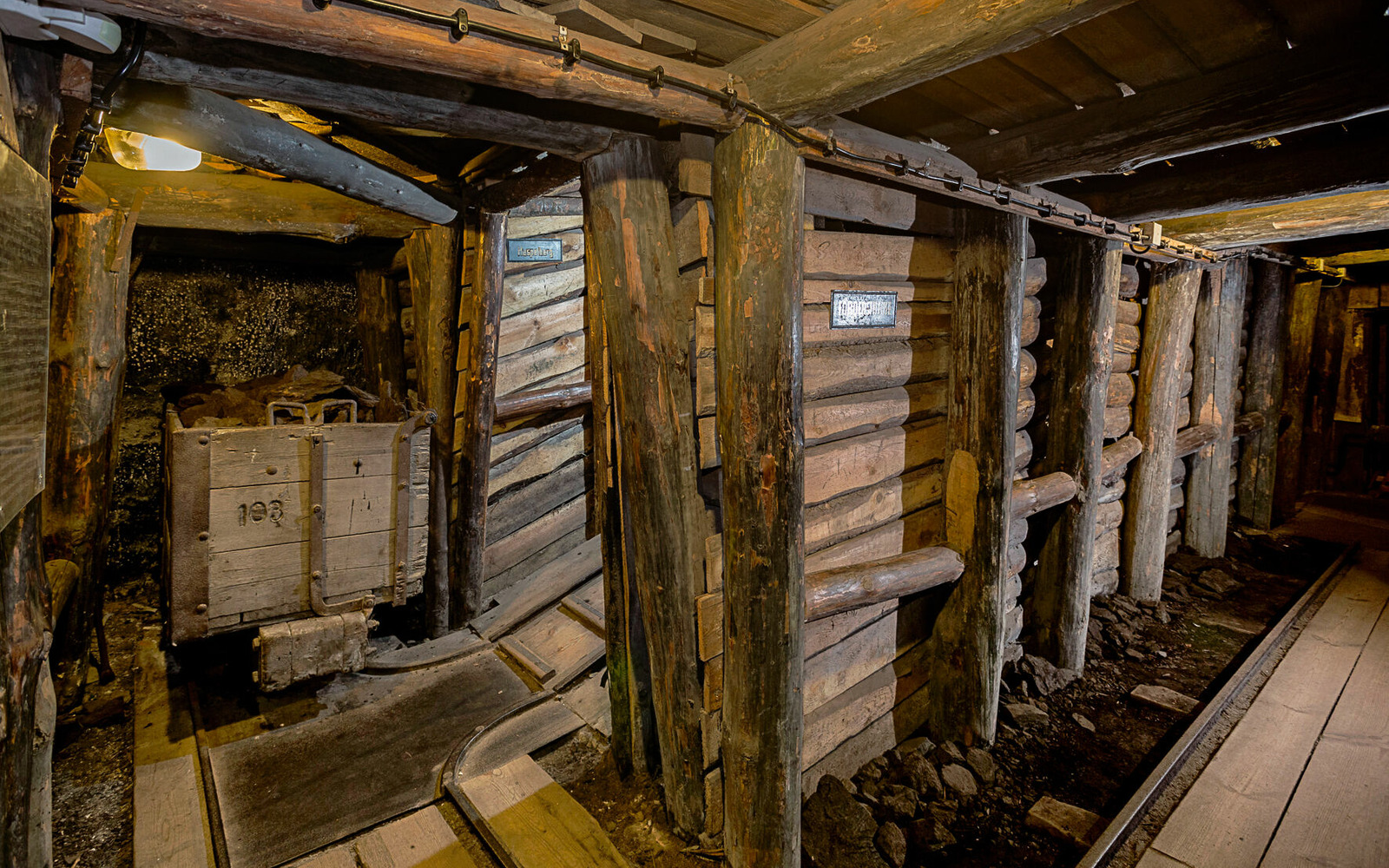
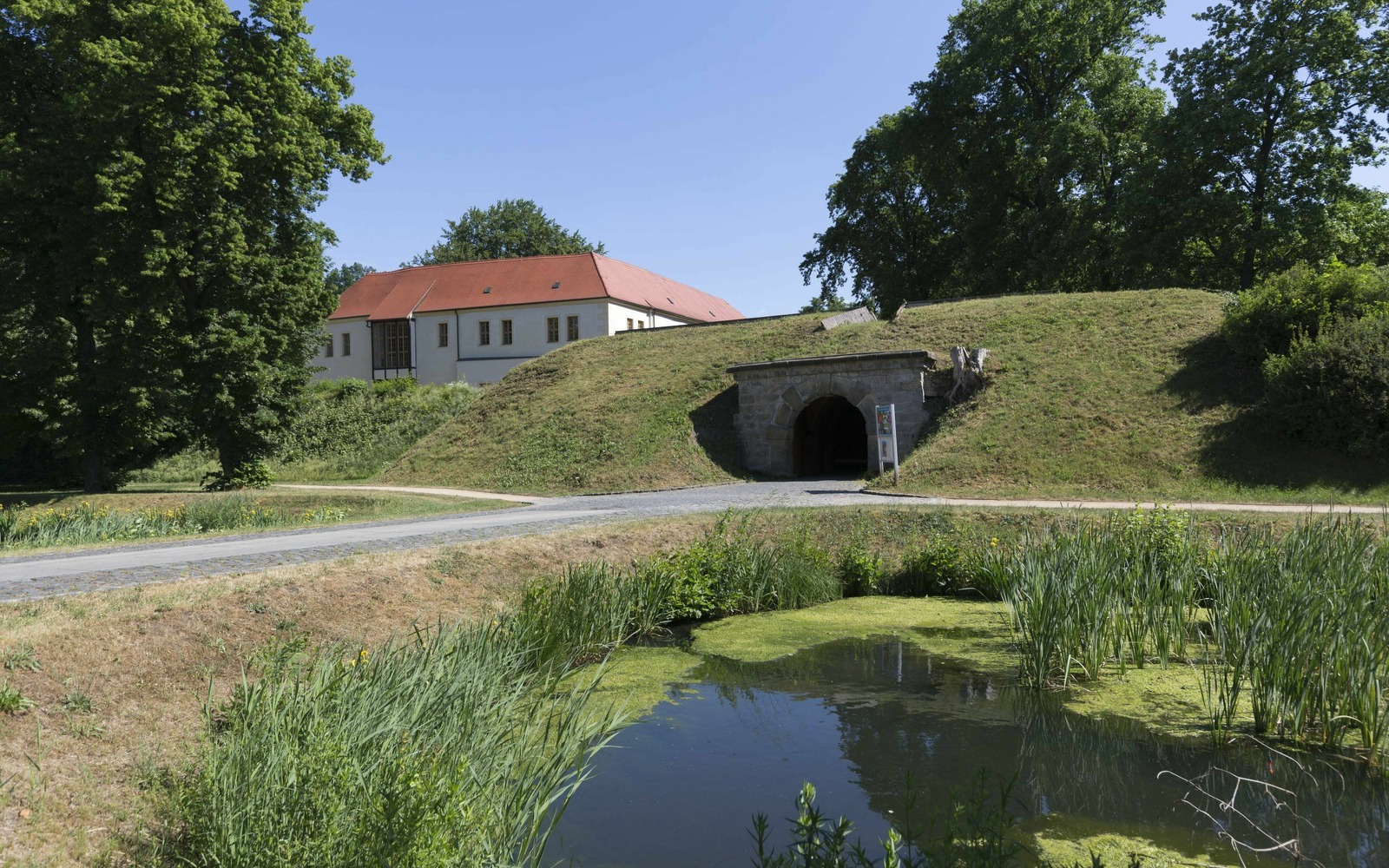
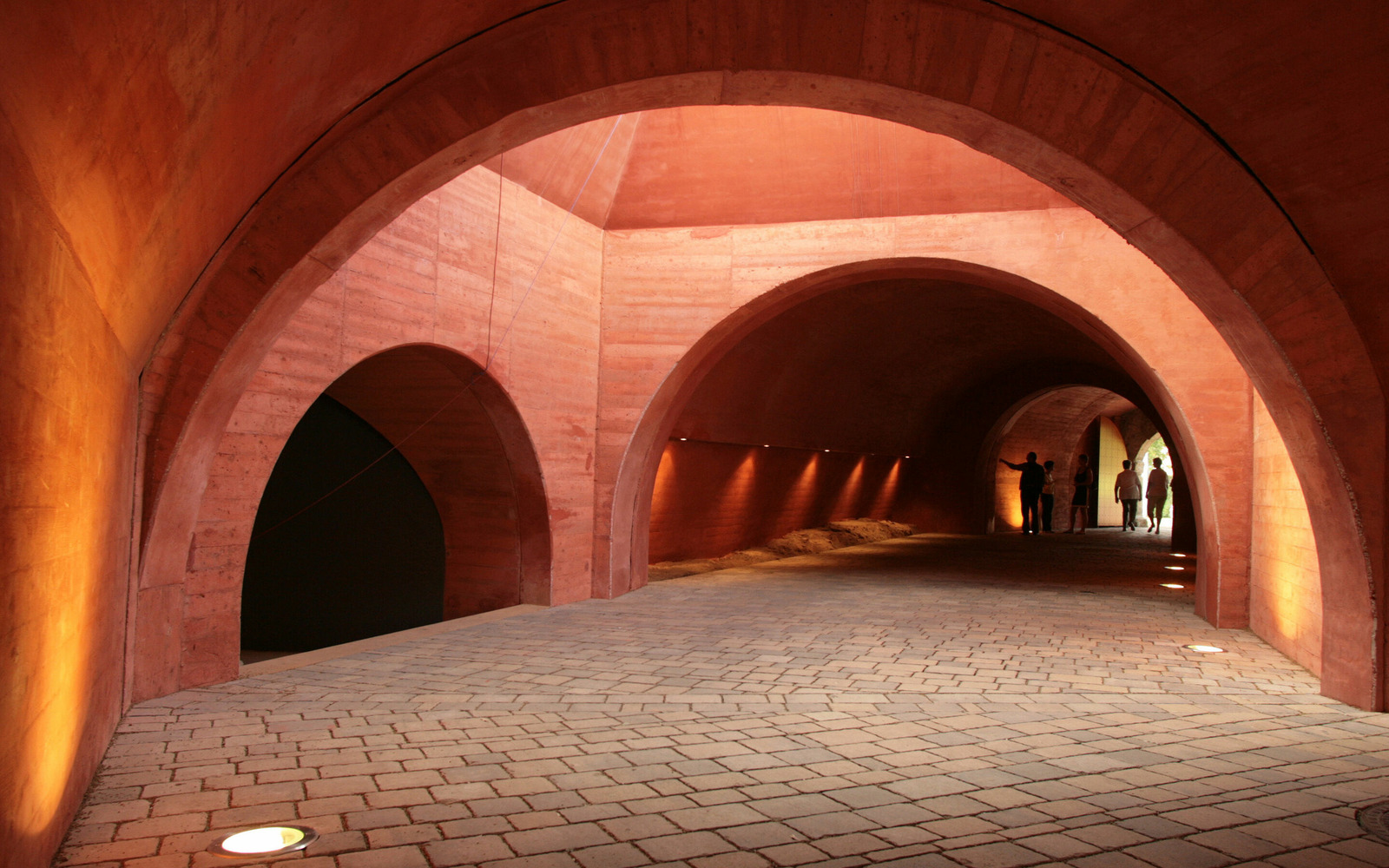
Opening times
Just opened10:30 — 17:30 Time
03.10. to 03.11.
openMonday
- 10:30 – 17:30 Time
openTuesday
- 10:30 – 17:30 Time
openWednesday
- 10:30 – 17:30 Time
openThursday
- 10:30 – 17:30 Time
openFriday
- 10:30 – 17:30 Time
openSaturday
- 10:30 – 17:30 Time
openSunday/Holiday
- 10:30 – 17:30 Time
Prices
6,00 EURadults
4,50 EURgroup
10 adults, ab 10 Personen
5,50 EURsenior
4,50 EURreduced
Studenten, Schüler, Azubis, Behinderte, Arbeitslose, Jugendliche ab 16 Jahre
Accessibility
 Information for guests with mobility impairments
Information for guests with mobility impairments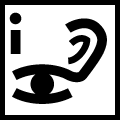 Information for guests with sensory impairments
Information for guests with sensory impairments Information for guests with learning difficulties
Information for guests with learning difficulties
Certificates
 Family-friendly
Family-friendly
Address
Schloss und Festung SenftenbergSchlossstraße
01968 Senftenberg
Contact details
Telephone: 03573-870 2400Fax: 03573- 870 2410
Email: museum@osl-online.de
Website: www.museums-entdecker.de/
